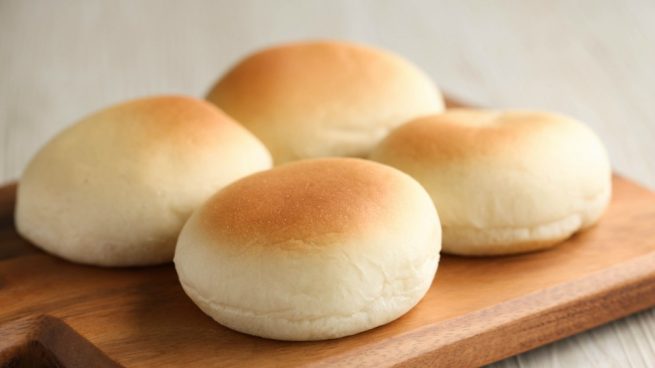Colombian cooking is full of flavors and customs, and its most popular baked products are the Pan de Bono. This wonderful cheese bread, which is identified by its crunchy outside and cheesy soft inside, is one of the regulars in Colombian bakeries and homes. Whether for breakfast, as a snack or with a cup of coffee, Pan de Bono will never disappoint. In this article, we’ll explore the origins of this iconic bread, its key ingredients, and a step-by-step recipe to make it at home.

The Origins of Pan de Bono
Pan de Bono is originally from the Valle del Cauca province of Colombia, specifically in Cali, and it is a local dish. According to legend, an Italian bread maker who used to live in the area named it “buono” because it tasted so good, for “good” is the Italian word for it. It eventually became known as Pan de Bono and is now one of the beloved dishes in Colombian food.
Major Ingredients in Pan de Bono
The success of original Pan de Bono is due to its special mixture of ingredients. This recipe differs from regular bread in that yuca flour (cassava flour) and cheese are utilized, making it inherently gluten-free, and chewy. Below are the major ingredients:
Yuca flour (cassava starch) – Contributes to the chewy texture and elasticity.
Cornstarch – Facilitates the lighter consistency.
Queso costeño or feta cheese – A salty cheese that contributes depth of flavor.
Mozzarella cheese – Contributes gooeyness and additional richness.
Eggs – Contribute to binding the dough and its softness.
Milk – Contributes moisture and adds flavor.
Baking powder – Contributes slight leavening for a lighter texture.
How to Make Pan de Bono at Home
Ingredients:
2 cups yuca flour (cassava starch)
½ cup cornstarch
1 cup queso costeño or feta cheese, crumbled
1 cup shredded mozzarella cheese
1 tsp baking powder
1 large egg
½ cup milk (or adjust as needed)
½ tsp salt (optional, based on cheese salinity)
Step-by-Step Instructions
1. Preheat the Oven
Preheat your oven to 375°F (190°C).
Prepare a baking sheet by lining it with parchment paper or lightly greasing it.
2. Prepare the Dough
In a big mixing bowl, mix yuca flour, cornstarch, baking powder, and salt.
Add the crumbled queso costeño (or feta) and shredded mozzarella cheese.
Mix well until the cheese is evenly mixed into the dry ingredients.
3. Add the Wet Ingredients
Beat the egg lightly and add it to the flour mixture.
Add the milk gradually, mixing with your hands or a spatula until a smooth, elastic dough is formed.
If the dough is too dry, add a small amount of milk one tablespoon at a time.
4. Shape the Dough
Cut the dough into small balls, roughly the size of a golf ball.
Roll each one into an even, round form and put them on the prepared baking sheet.
5. Bake the Pan de Bono
Bake in the preheated oven for 15–20 minutes, or until they are golden brown and slightly puffed.
Remove from the oven and allow them to cool for a few minutes before serving.
Serving Suggestions
Pan de Bono is most delicious served fresh from the oven, when it’s warm and the cheese is molten. Here are a few suggestions for how to serve it:
With a Colombian coffee for an authentic touch.
With hot chocolate for a winter’s treat.
With butter or guava paste for a sweet finish.
Tips for the Perfect Pan de Bono
✔ Use fresh cheese – Cheese quality affects the overall flavor and texture.
✔ Don’t overwork the dough – Excessive kneading can make the bread heavy.
✔ Adjust the milk as needed – The dough needs to be moist but not sticky.
✔ Try different cheeses – In case queso costeño is not available, substitute parmesan or feta for a similar flavor.
✔ Have them fresh – Pan de Bono is freshest when enjoyed within a couple of hours from baking, when it will turn hard if kept for too long.
Final Thoughts
Pan de Bono is a testament to the rich culinary heritage of Colombia. Its chewy, cheesy, and slightly crispy texture makes it an irresistible treat that is loved by many. Whether you’re making it for the first time or reliving childhood memories, this recipe will bring the authentic flavors of Colombia straight to your kitchen. Try it today and enjoy a taste of one of Colombia’s most beloved breads!

Leave a Reply